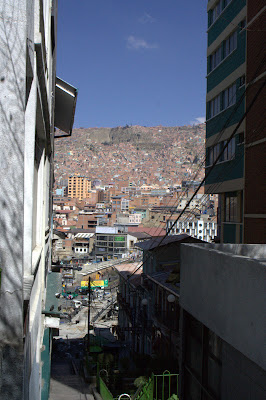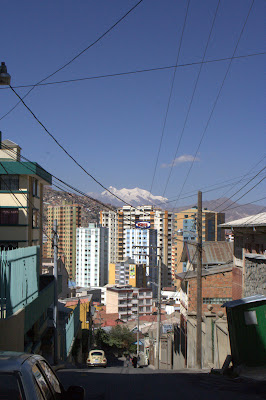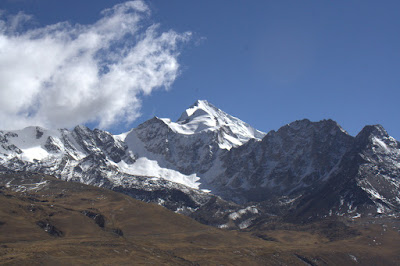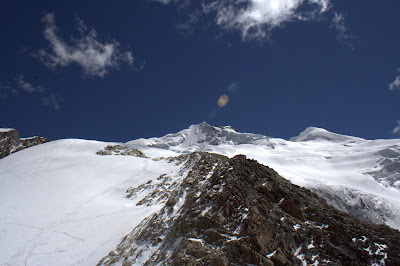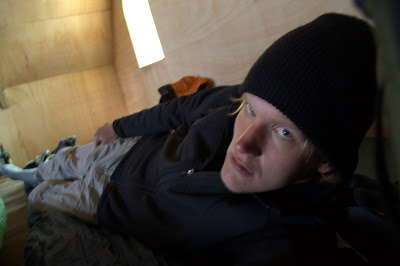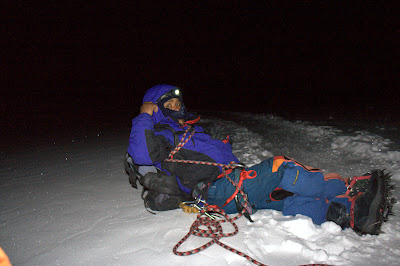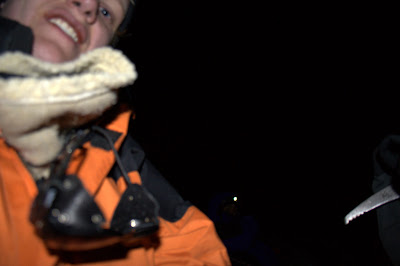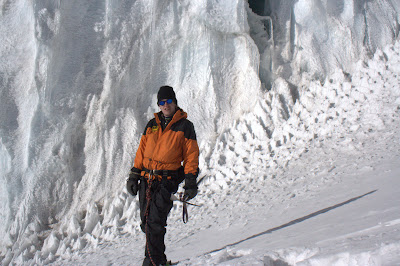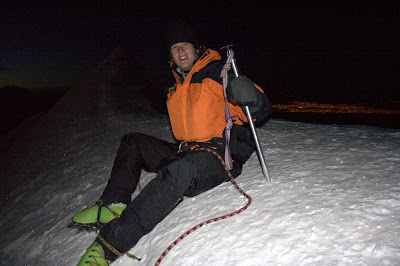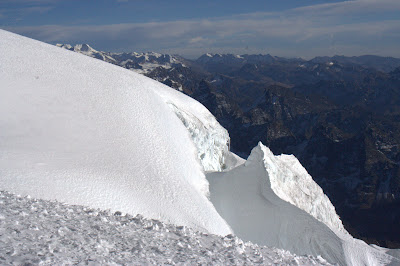Emily and I spent a week volunteering with No More Deaths along the US-Mexican border. No More Deaths was founded in response to the humanitarian disaster that occurs year-round in the Sonoran desert--hundreds of migrants die yearly. They run several operations in the area, ranging from a camp in the Sonoran desert that makes water drops and gives medical assistance to migrants to humanitarian aid shelters in in Nogales and Agua Prieta, Mexico for deported migrants, recently apprehended by the border patrol while crossing to the US. We worked in one of these shelters in Agua Prieta (across the border from Douglas, Arizona).
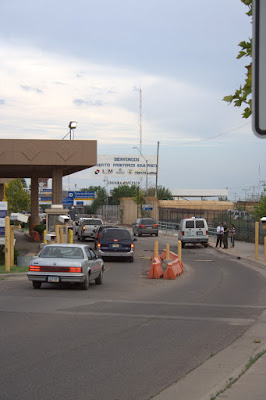
looking across customs into Mexico

the border immediately east of Douglas
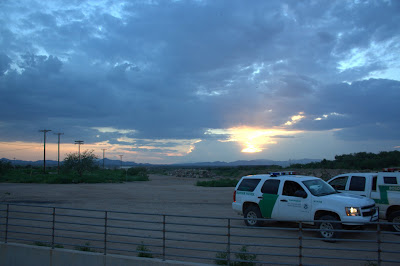
border patrol vehicles were everywhere
We have no pictures to share of the many friends we made, but we spent hours staffing this small center--at times, all night. Groups of migrants would be deported after they were caught crossing, some of them on their third or fourth attempt. We would beckon to them as they passed and offer our services--free food, water, medical service. Many would come eagerly, but others would be ushered past by their coyotes who would often taxi them back out to the desert immediately for another attempt, further compounding issues of dehydration, exhaustion, and general physical malady.
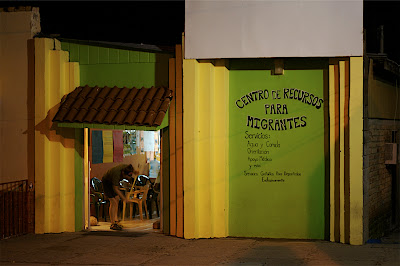
passing the time during the late night
We found that the largest groups of deportees would arrive in two shifts, around 1230am and later, around 2 or 3. These were the some of the saddest moments. We talked with men, women and children who had been displaced from their farms in poor rural regions in southern Mexico, oftentimes by US or Canadian agribusiness, and were subsequently forced to risk their lives just to put food on their plates and that of their families. We stayed open all night to give a place to stay to a group of 5 women who had been deported at 230 in the morning after crossing the desert with but a little water and office shoes. We patched dozens of blisters, gave out hundreds of burritos and bottled waters, offered pudding to children who were so severely dehydrated after more than 3 days in the desert that they had lost the drive to eat or drink, and tried our best to offer companionship to these people in their hardship. Often, I just tried to apologize for the hatred and ignorance of those who vote and form US policy, which forces countries to abandon economic borders while maintaining a human ones--essentially stealing the fundamental necessities from so many and then demanding that they simply starve, all while we united statesians sit in the lap of luxury conveniently spinning webs of hate and fear that help us sleep at night by justified our condemnation of these beautiful, loving people to death. This reality was presented on an individual basis, several hundred times everyday.
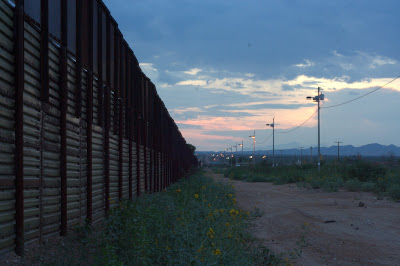
looking west along the border
You can, and should, do whatever you can to help this organization. Visit their website at nomoredeaths.org. Solve the root of the problem by working to change a broken, murderous, immigration policy (not to mention or disastrous free-trade agreements, NAFTA, CAFTA, and more). Get involved!
And please, next election remember that voting against a president who is ambivalent about abortion policy does nothing to change abortion policy as this remains in the domain of the supreme court, but voting for a racist kills thousands every year--on the border and around the world--if you want to cancel your complacency as regards these violent exploitations, vote and end your support of these atrocities.

